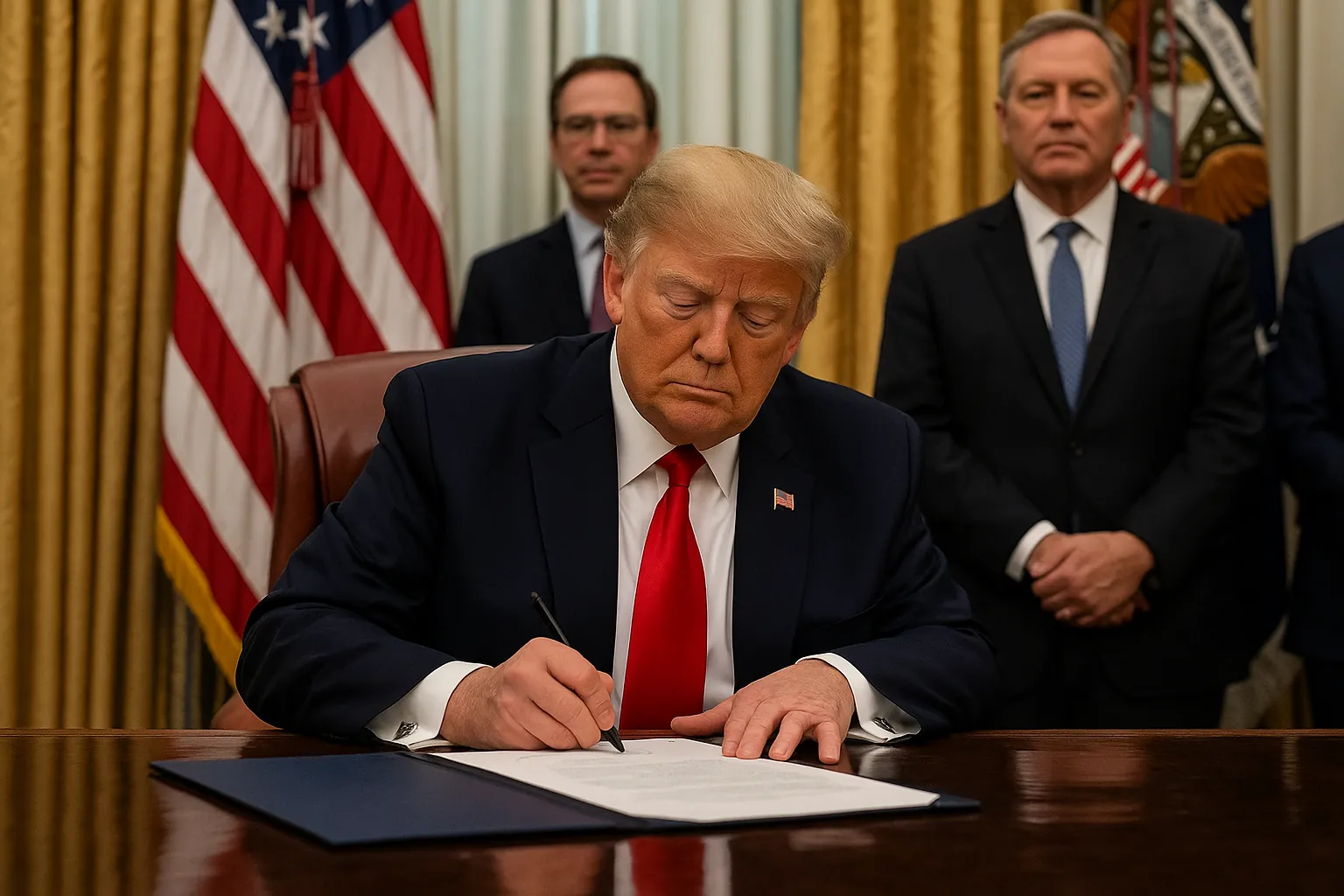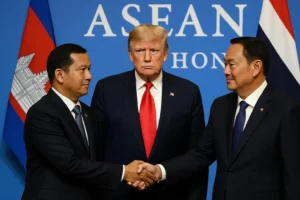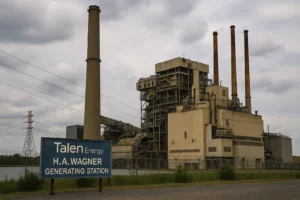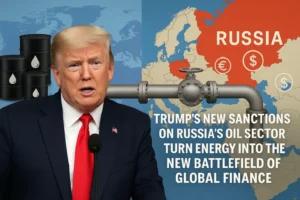The H-1B 100k fee isn’t policy fine-tuning—it’s an economic weapon. By imposing a $100,000 charge on H-1B applications, Trump’s White House is reshaping immigration, tech labor, and U.S.–India relations in one stroke. Supporters hail it as a bold defense of American workers. But the reality is starker: it’s a blockade on legal immigration disguised as cost recovery.
Context: the mainstream narrative
The H-1B program has long been branded both a lifeline for Silicon Valley and a loophole for cheap foreign labor. Current fees are modest—$215 to register, plus other costs totaling around $10,000, usually paid by employers. Bloomberg reports Trump’s new proclamation will multiply that tenfold, adding a mandatory $100,000 levy. The administration frames this as protecting American jobs, pointing to statistics: of 189,404 recent H-1B cases, 155,205 came from India, while China trailed at under 30,000.
Mainstream outlets repeat the talking point: this is about leveling the playing field, giving U.S. graduates their fair shot.
Oppositional Argument: the real aim of the H-1B 100k fee
Let’s be blunt: the H-1B 100k fee is designed to strangle demand. It’s not reform—it’s prohibition by price. When 71% of visas go to Indian nationals, the target is clear. This isn’t about “training Americans” overnight. It’s about shrinking the pipeline of skilled workers and scoring political points with “American jobs first” sloganeering.
And here’s the irony: choking off visas won’t magically fill jobs with U.S. talent. It will export those jobs abroad, accelerating offshoring and undercutting the very workers the policy pretends to protect.
Analytical Breakdown: consequences beyond the spin
The math is brutal. At $100,000 per petition, companies will:
- Triage filings — Only mission-critical hires get sponsorship.
- Outsource aggressively — Nearshore hubs in Canada, Mexico, and Poland will see a hiring boom.
- Bid up local talent — Senior engineers will command higher salaries, feeding wage inflation.
For tech firms, this is a selective tax on innovation. Cloud transitions, AI scaling, cybersecurity overhauls—all depend on specialized skills. Shortages won’t build new American talent faster; they’ll just slow projects and raise costs.
Legal challenges are inevitable. Visa fees are typically set by statute, not presidential proclamation. Courts may view the 100k figure as a ban in disguise, especially since it dwarfs administrative costs. Expect injunctions, delays, and legal chaos for employers caught in limbo.
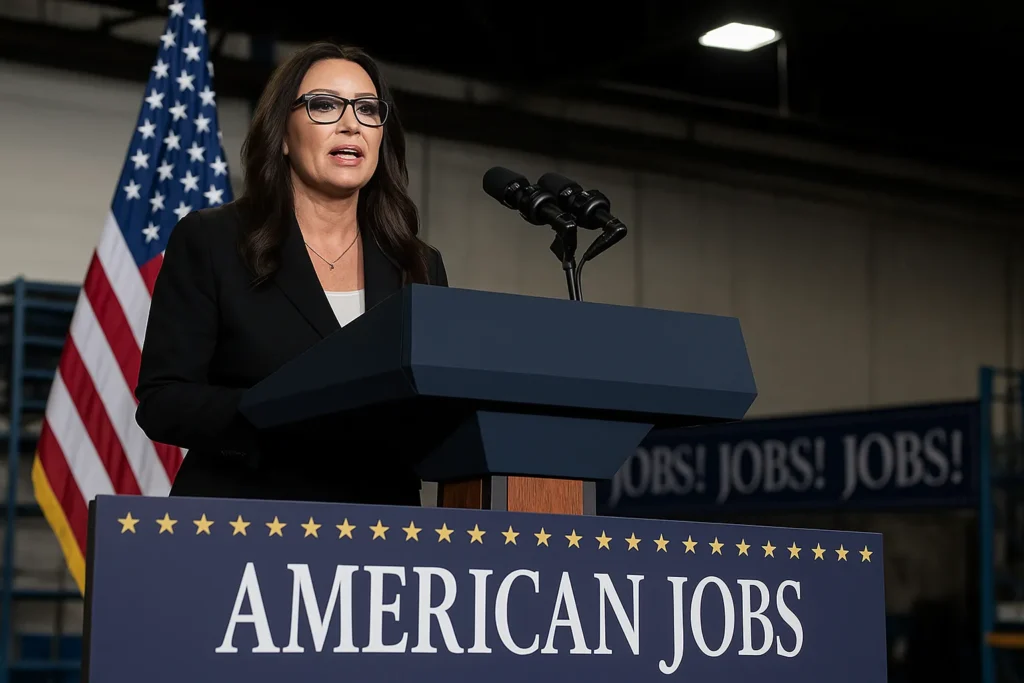
Human Perspective: lives and futures in the crossfire
Behind the numbers are people. Indian graduates who earned U.S. degrees now face a wall too high to climb. Families planning a move are thrown into uncertainty. Smaller U.S. startups that once used H-1Bs to bridge skill gaps may collapse under the new burden.
Meanwhile, American workers are told this is their “win.” But the real outcome may be entire teams relocated overseas, taking not just jobs but innovation ecosystems with them.
Counterarguments
Some argue the H-1B 100k fee is fair: if companies truly need foreign talent, they should pay. But that’s a hollow defense. When the cost is weaponized to kill the program outright, it ceases to be a market correction—it becomes immigration policy by sledgehammer. And it risks souring ties with India, a supposed U.S. partner in tech and security.
Conclusion: a blockade, not reform
The H-1B 100k fee is not about protecting American jobs. It’s about headlines and hard borders. The U.S. can and should train more engineers—but that takes years, not executive orders. In the meantime, slamming the door on skilled migrants doesn’t strengthen America; it outsources its future.
If competitiveness is the goal, the answer is not to tax talent—it’s to cultivate it at home while keeping America open to the best minds abroad.
External Links
86 views
